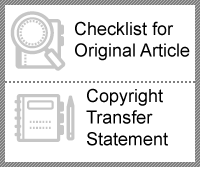| abstract |
| Background This study seeks to rectify widespread societal misconceptions about visually impaired individuals and foster a more accurate understanding of their diverse needs. In particular, it addresses stereotypes such as "all visually impaired individuals are completely blind" or "all visually impaired individuals can read Braille," which overlook the heterogeneity of their requirements and experiences.
Methods A survey was conducted to analyze and categorize the physiological characteristics of individuals with acquired visual impairment. Based on these findings, relevant prior studies were reviewed to identify their specific needs. Additionally, recent examples of inclusive packaging designs tailored for individuals with acquired visual impairments were collected and subjected to in-depth analysis.
Result Individuals with acquired visual impairments primarily utilize sensory modalities such as residual vision and tactile perception to recall memories and interpret information. The analysis revealed that optimizing key packaging elements―such as typography, layout, color schemes, structural forms, and materials―enhanced the ability of visually impaired individuals to independently identify and comprehend packaging information.
Conclusion Integrating principles of optimized information readability, streamlined design, sensory integration, and technological innovation into packaging design can significantly improve the quality of life and user experience for individuals with acquired visual impairments. Such approaches not only promote accessibility but also advance inclusive design practices in broader contexts. |
|
|
| Key Words |
| 후천성 시각장애인, 패키지, 시각디자인, Acquired Blindness, Package, Visual Design |
|
|
|
 |
|






